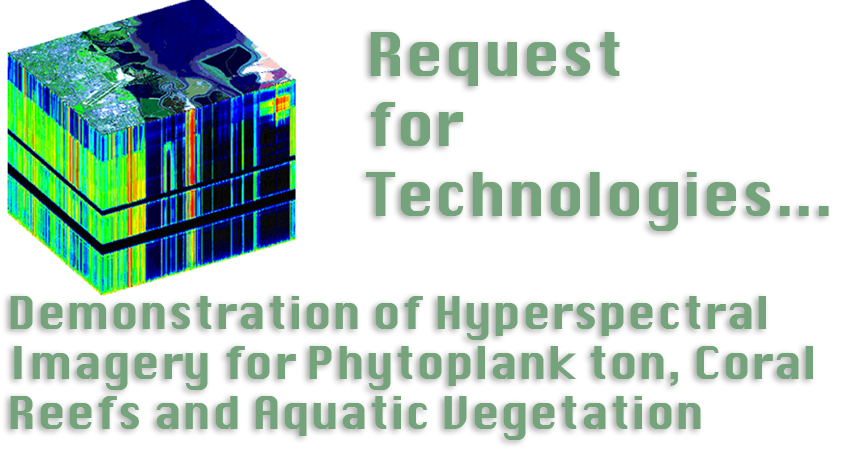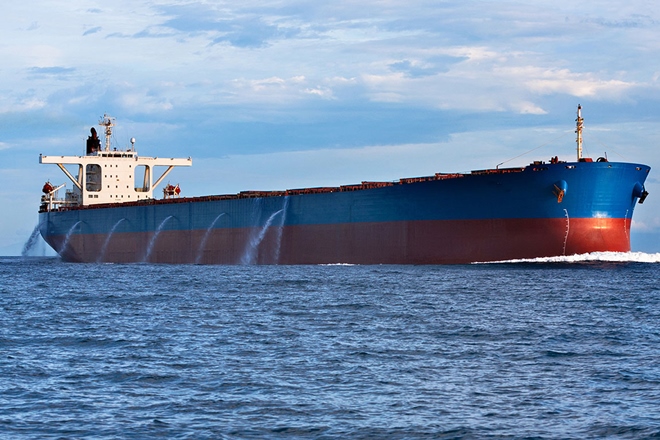Related Programs
 US IOOS
US IOOS Consortium of Ocean Leadership
Consortium of Ocean Leadership Interagency Ocean Observing Committee (IOOC)
Interagency Ocean Observing Committee (IOOC) NOAA's Coastal Services Center (CSC)
NOAA's Coastal Services Center (CSC)  NOAA's National Data Buoy Center (NDBC)
NOAA's National Data Buoy Center (NDBC) Global Earth Observation System of Systems (GEOSS)
Global Earth Observation System of Systems (GEOSS) Global Ocean Observing System (GOOS)
Global Ocean Observing System (GOOS)  Ocean Observatories Initiative (OOI)
Ocean Observatories Initiative (OOI) National Water Quality Monitoring Council (NWQMC)
National Water Quality Monitoring Council (NWQMC)  National Ocean Partnership Program (NOPP)
National Ocean Partnership Program (NOPP)  National Ecological Observing Network (NEON)
National Ecological Observing Network (NEON)  National Environmental Methods Index (NEMI)
National Environmental Methods Index (NEMI) Marine Metadata Interoperability Project (MMI)
Marine Metadata Interoperability Project (MMI)  US Army Corps of Engineers (USACE)
US Army Corps of Engineers (USACE) US Coast Guard (USCG)
US Coast Guard (USCG) US Environmental Protection Agency (EPA)
US Environmental Protection Agency (EPA) US Geological Survey (USGS)
US Geological Survey (USGS) US Maritime Administration (MARAD)
US Maritime Administration (MARAD) Maritime Environmental Resource Center (MERC)
Maritime Environmental Resource Center (MERC)
Current Technology Evaluations

The Alliance for Coastal Technologies (ACT) is currently accepting preliminary applications from individuals or teams of researchers, and/or sensor developers and manufacturers to participate in a technology demonstration aimed at improving data processing and algorithm development of hyperspectral imagery for research and management applications within shallow freshwater and marine aquatic ecosystems. This demonstration is envisioned to be the first step in a series of ACT Technology Demonstrations to evaluate and advance the utility and application of hyperspectral imagery observing systems. Hyperspectral imaging captures a diversity of spectral signatures that can be used to sense a wide range of surfaces, habitats, taxonomic groups, and the changes within these attributes over time. Hyperspectral imaging of aquatic targets has the potential to improve our understanding of the biological, physical, chemical, and geophysical dynamics of coastal ecosystems, but improved data processing protocols and algorithm development are needed to fully realize this potential.
Full Request for Technologies - ![]()
Application Form - ![]()
Hyperspectral Datasets - ![]()
Applications due August 31, 2019
For additional deadlines, dates or information see RFT or contact Drs. Tom Johengen (johengen@umich.edu), Eric Hochberg (eric.hochberg@bios.edu) and Mario Tamburri (tamburri@umces.edu).

ACT is currently accepting preliminary applications from developers and manufacturers of commercially-available Total Residual Oxidant (TRO) instruments (e.g.,amperometric sensors and DPD kits) used to monitor TRO in shipboard ballast water treatment applications. In-line TRO instruments are often used as part of the control systems for ballast water management systems (BWMS) that employ oxidant-based treatments (e.g., sodium hypochlorite, chlorine dioxide, and ozone) and are used to monitor discharges. Therefore, accurate and reliable measures of ballast water TRO are crucial. ACT will be conducting independent verification testing under controlled laboratory conditions, using water prepared to represent both coastal water (including freshwater and brackish environments) and offshore marine water that targets the quantification of TRO instrument performance (e.g., accuracy, precision, detection limits, range, etc.). Like all ACT Technology Evaluations, participation in this effort will be free of charge for qualifying applicants, and results will be made available to the public in individual summary reports.
Full Request for Technologies - ![]()
Application Form - ![]()
Extended Deadline: Applications due August 31, 2019
For additional deadlines, dates or information see RFT or contact Drs. Mario Tamburri (tamburri@umces.edu and Matt First Matt First (matthew.first@nrl.navy.mil).

ACT and MERC (in collaboration with the US Naval Research Laboratory, Smithsonian Environmental Research Center, California States Land Commission, US Maritime Administration, and Maryland Port Administration)are currently accepting preliminary applications from developers and manufacturers of ship in-water cleaning technologies to participate in independent performance testing. The specific goals of this effort are to: (a) refine and customize procedures for evaluating the efficacy of in-water cleaning technologies to remove biofouling from underwater ship surfaces, collect removed biological debris, and remove chemical contaminants from the effluent, (b) provide a third-party evaluations of in-water cleaning technologies, and (c) provide rigorous, independent data on the performance of in-water cleaning systems that can be used to apply for permitted commercial use in ports around the world. This evaluation of in-water cleaning systems will focus on biofouling removal, debris and biocide chemical capture efficacy, and follow the ACT and MERC approaches for independent testing, including the establishment of a Technical Advisory Committee (TAC), a Test Protocol Workshop, and field testing on MARAD ships in Baltimore Maryland and Long Beach California. The scope of this evaluation covers a variety of technologies, ranging from those applies to the general hull to those applies specifically to ship niche areas. As part of this evaluation, participating technology developers and/or service providers will conduct the in-water cleaning on test ships, with the testing team conducting underwater ship surveys and various related sampling (before, during and after), as agreed to in the final Test Protocols. Like all ACT Technology Evaluations, participation in this effort will be voluntary and free of charge (with some participation support available) for qualifying applicants, and results will be made available to the public in individual reports for each of the technologies or service providers that agree to participate.
To qualify for this evaluation, candidate technologies must be:
A. Commercially available, or
B. New, near-commercial technologies that are ready for the market with available quality testing data to support performance claims. Preference will be given to technologies that fall above a NASA Technology Readiness Level of 7 or higher (www.nasa.gov/pdf/458490main_TRL_Definitions.pdf), and
C. Designed to remove biofouling from ship hulls and/or niche areas, collect and dispose or treat captured debris, biocide chemicals, and effluent water.
Full Request for Technologies - ![]()
Application Form - ![]()
Applications due December 22, 2017
For additional deadlines, dates or information see RFT or contact Drs. Mario Tamburri (tamburri@umces.edu), and Greg Ruiz (ruizg@si.edu).






